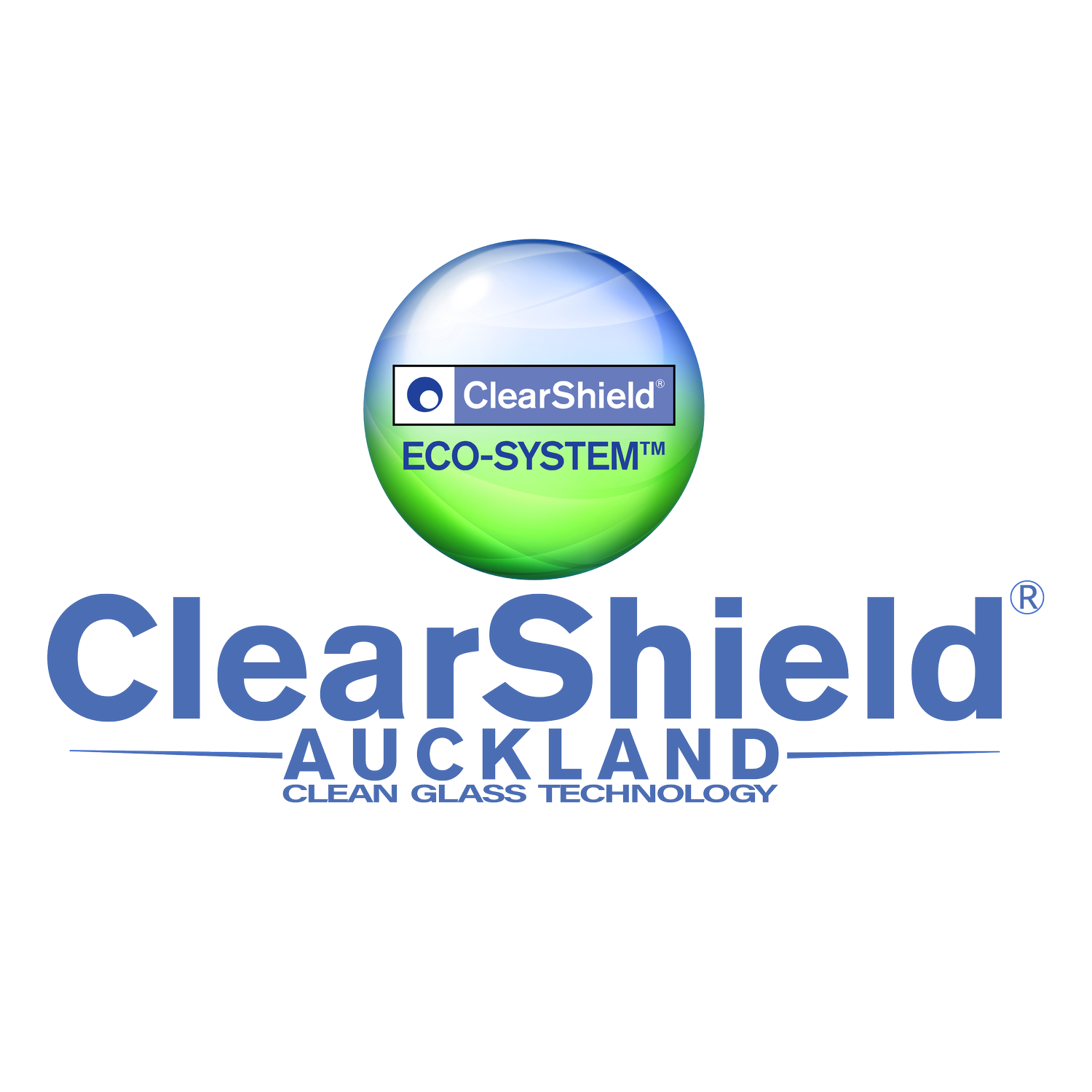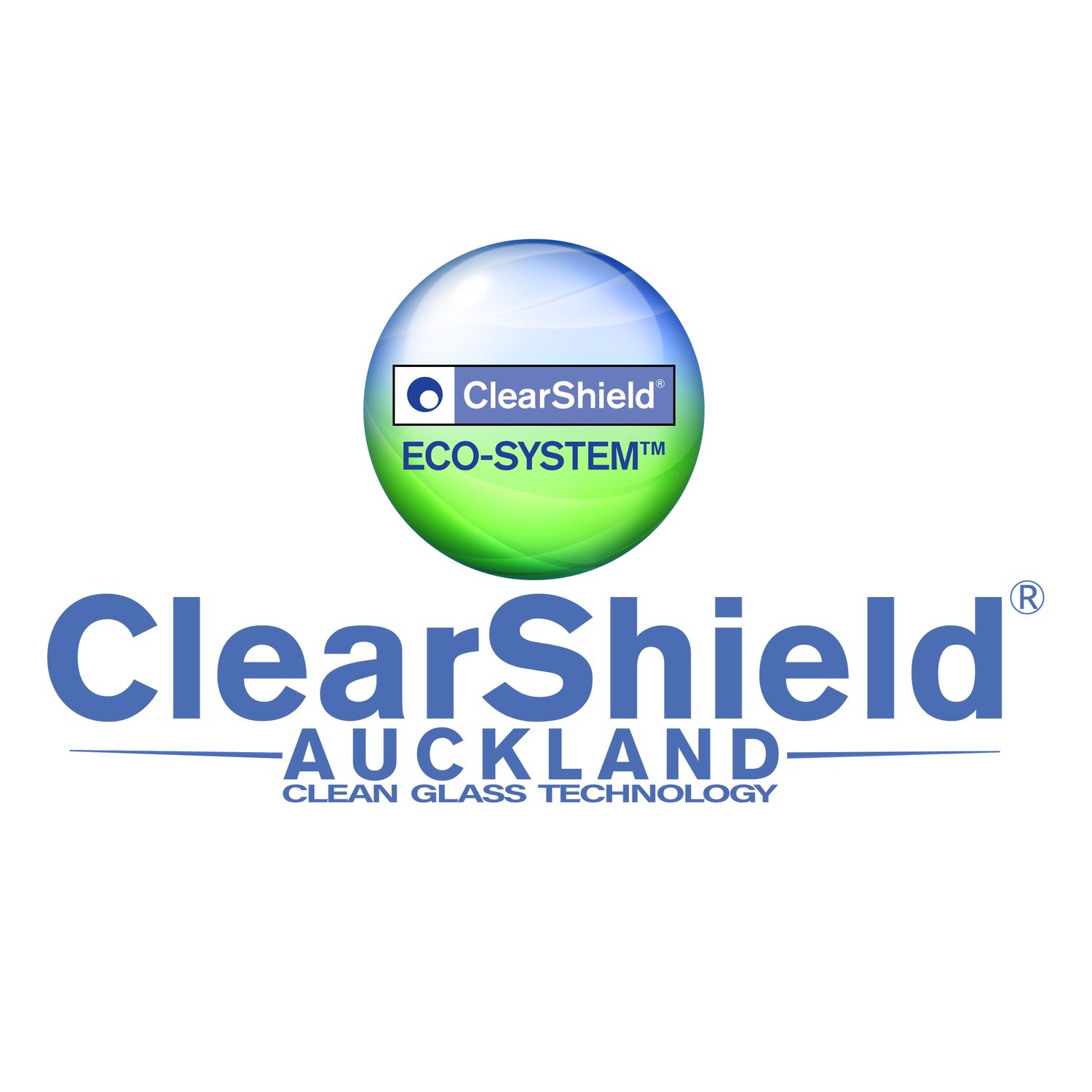Technical information.
ClearShield is the only liquid-applied glass treatment system that is not environmentally toxic. It has a 40 year track record against limescale build-up, bacteria adhesion and staining from water spots.
Architects & specifiers.
ClearShield’s performance in minimising adherent bacteria and fungi, coupled with its resistance to pollution, limescale build up, salt spray and chlorinated water staining make it the first choice for glass in contemporary construction.
For maximum efficiency, ClearShield can be applied in the glass factory to order. It can also be applied retrospectively, on an existing build or renovation, providing your clients with peace-of-mind for many years to come, vastly improving hygiene and reducing cleaning and maintenance cost.
From marine environments to commercial and residential glass applications, pool areas, bathrooms and splashbacks, wherever there’s glass there is good cause to specify ClearShield.
Talk to us today about how ClearShield can add value to your next project.
Only glass surface treatment that is non toxic and non hazardous.
It contains none of the following chemicals
Crystalline silica,
Synthetic amorphous silica,
Reactive silicone fluids,
Hydrophobic silanes,
Nonofilaments
ClearShield does not contain any substance classified as carinogenic, mutagenic, a substance of Very High Concern (SVHC) or a Semi-Persistent Organic Pollutant (POP)
ClearShield is classified as Non Flammable because as supplied ClearShield has no flash point and under normal conditions of use is self-extinguishing if exposed to direct flame.
On adherence of bacteria.
Introduction
ClearShield is a surface treatment which forms a layer upon glass surfaces. Coated surfaces have been studied for alkali attack, autoclavability, humidity/weathering, mechanical abrasion, and contact angles. All data indicates that the coating is a good protective agent for glass surfaces. Following these results it would appear that this treatment could be useful on glass surfaces to aid removal of contaminating micro-organisms and could possibly hinder adhesion. Therefore an experiment was devised to study attachment and desorption of a strain of Staphylococcus aureus, a bacterium which has been frequently used in adherence work (Ashkenazi 1984; Jansson & Wadstrom 1984; Locci, Peters and Pulverer, 1981).
Discussion
The glass slides used were new and clean, with relatively scratch-free surfaces. Such surfaces are not usually thought to be as prone to bacterial attachment as those which are deliberately indented and marked, or are damaged by age or frequent handling. However, the ClearShield coatings clearly discouraged adsorption of Staphylococcus aureus to the relatively smooth glass surface.
There was at least a twenty-fold difference in adsorption of cells of Staphylococcus aureus to non-treated surfaces than to slides treated with ClearShield. The results show a marked difference in adherence characteristics of the treated and non-treated slides.
Conclusion
In conclusion, the results clearly show that ClearShield coatings firstly impeded adherence of bacteria and secondly encouraged desportion by washing.
Geraldine M Schofield BSc, PhD
Centre for Applied Microbiology & Research
Public Health Laboratory Service
Porton Down
Salisbury
Wiltshire SP4 0JG
Bacteria adhesion under the microscope.
Clean glass (left) and ClearShield treated glass (right).
Construction site protocol.
While ClearShield can be applied pre-delivery in the glass factory, it can also be applied post installation.
Given it is the only liquid-applied glass treatment that is classified as non-toxic, on-site application does not present the same risks to site workers as other glass treatment products.
With an abundance of cement dust and other contaminants present on construction sites, the early application of ClearShield can greatly minimise the clean-up effort required when construction nears completion.
For optimum efficiency, we recommend ClearShield treatments are performed at the earliest opportunity to avoid the need for glass restoration prior to application.
Our team of certified ClearShield technicians are well versed in the many variables of a construction environment and the Health and Safety requirements in that space.
We are more than happy to discuss project details and formulate a plan for the most efficient integration of our team into the construction process, yielding the best possible outcomes and efficiencies.
Certification and recognition.
ISO certified: ISO9001, ISO14001:2015
(quality and environmental management systems)






